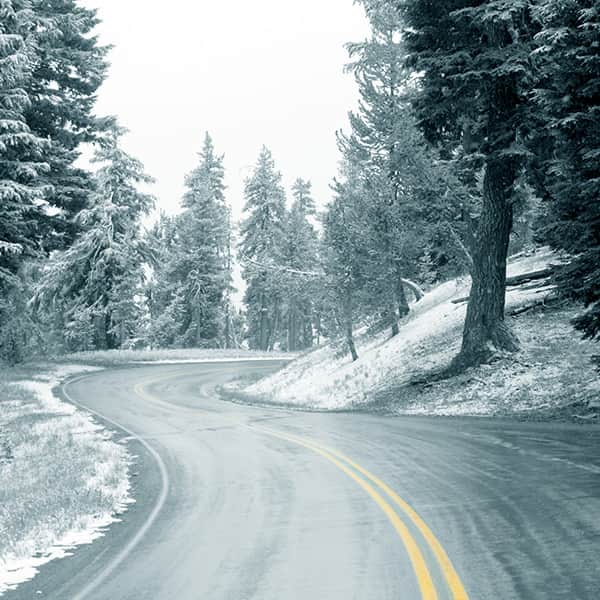
Anyone who's spent some time in Ohio knows that winters can be brutal. Maybe this is your first winter in Ohio or perhaps you've been living your entire life in the Buckeye State. Regardless, everyone can use a little refresher course about safe driving this time of year. Here are some tips for staying safe on the Ohio roads this winter.
Vehicle Maintenance
One of the best ways to avoid winter emergencies is to keep up with vehicle maintenance throughout the year. Before the first frost, make sure to check your car's battery, tire tread, and windshield wiper fluid. It's also essential to check the antifreeze and keep up with regular oil changes.
Plan Ahead
If you're brand new to winter driving, practice driving in snowy and icy conditions in a non-stressful environment, such as during the daytime in an empty parking lot. Practice using your brakes, and apply firm continuous pressure if you have antilock brakes. Always familiarize yourself with your route before you get on the road and keep your gas tank as close to full as possible. Stock your car with these supplies before winter in case of an emergency:
- Snow shovel
- Ice scraper
- Jumper cables
- Salt, Kitty litter, or sand
- Flashlight
- Blankets
- Flares and a brightly colored handkerchief
- Nonperishable food and water
- Cell phone charger
Winter Driving Tips
Always avoid driving during hazardous winter conditions whenever possible and listen to weather reports on the radio before heading out. Keep your windows clear of snow and ice and keep your headlights on at all times. As of January 1, 2010, Ohio law requires drivers to have their headlights on whenever windshield wipers are in operation. Although it is considered a secondary offense, meaning that you must be stopped for another violation, headlight/windshield fines start at $100.
While driving, always leave additional space between you and the car in front of you because braking distance can be up to nine times greater on snowy and icy roads than on dry roads. Although you should gently pump the brakes on non-Anti-lock Braking Systems, you should stay on the brakes and not pump for all ABS systems. Use extreme caution when driving over bridges and overpasses, which tend to be about five degrees colder than roadways and therefore become icy before the roads do.
Although it might seem a little odd to lug a bag of kitty litter around in your trunk, it could be a lifesaver if you get stuck in a parking spot and can't get home. Kitty litter is essentially glorified clay, and the non-clumping varieties can help your vehicle get traction when you're stuck in the snow. It's also more eco-friendly than salt for de-icing purposes, as salt can damage nearby vegetation and contaminate groundwater.
Emergency Survival Advice
If your car is stalled or you are involved in an accident, stay with your vehicle rather than venturing out into the storm on your own. Tie a brightly colored cloth to your car's antenna or on the driver door handle and light a flare to let others know you're stranded in the vehicle. Make sure to keep the exhaust pipe clear of snow because poisonous gases can get into the car if the pipe is clogged. But as a general rule, don't run the engine and heater for more than 10 minutes per hour to ensure proper ventilation.
Try to remain calm during an emergency situation and use a cell phone to call for help whenever possible. Hopefully you stocked your car with emergency food, water, and blankets to wait until help arrives. Stay safe out there, Ohio!

